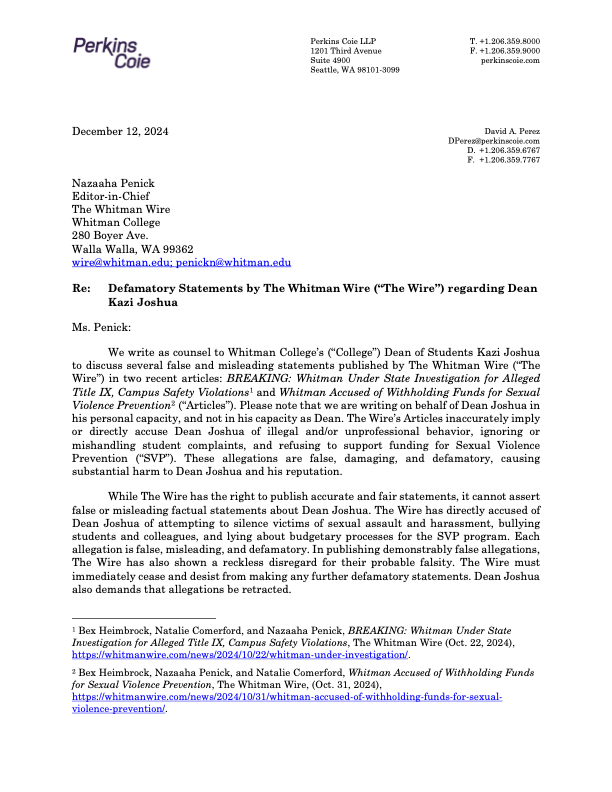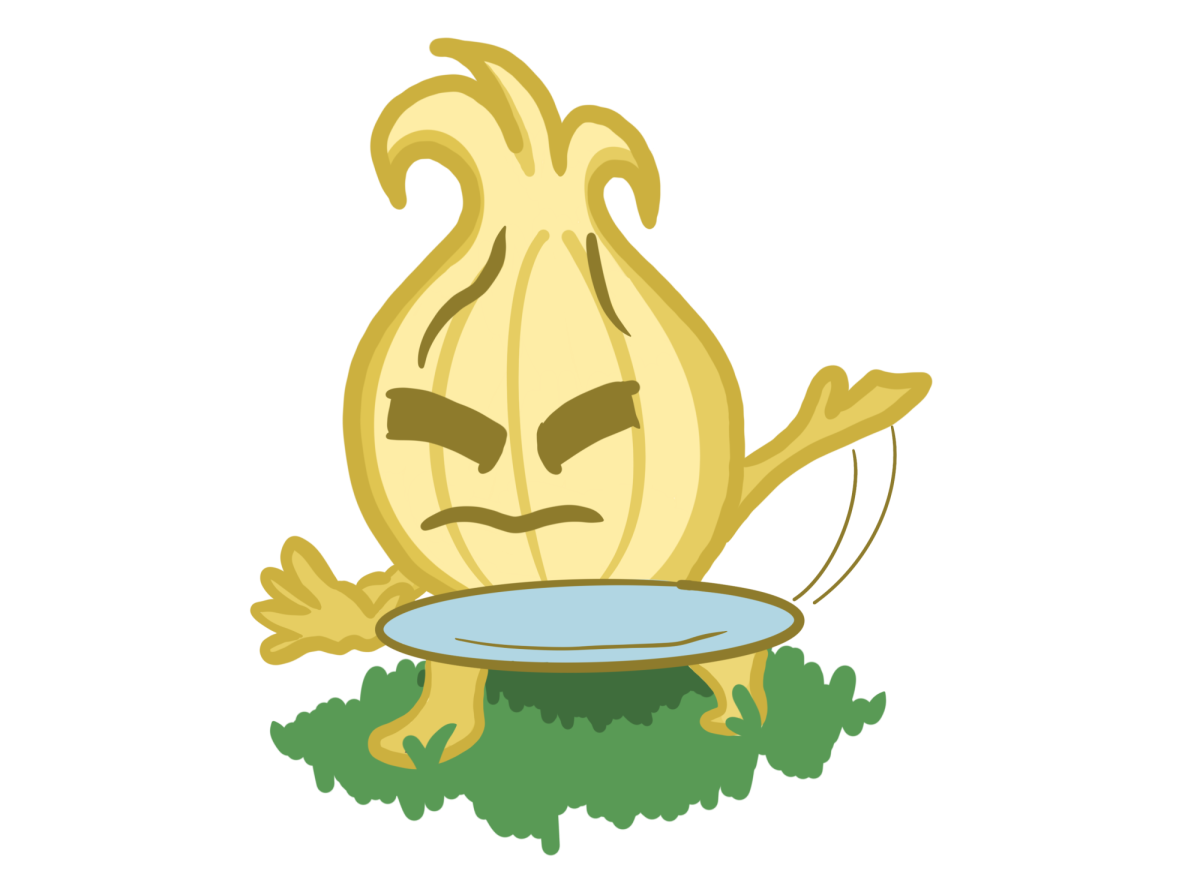Paul Yancey returned on Sept. 6 from his second two-week expedition on the Atlantis research vessel off the Washington-Oregon coast. Furthering his research on the organisms that reside miraculously along the active hydrothermal vents and their underwater geysers, Yancey returned with tissue samples for his students to perform chemical analyses. 
Yancey arrived on campus a few weeks ago, attending convocation and meeting with first-year advisees before his departure. E-mailing his physiology students assignments from aboard the Atlantis, Yancey invited his students to speculate on the survival mechanisms of the clams and worms he studies. The “critters,” as Yancey affectionately referred to them, sustain under extreme temperatures and pressures, thriving on a unique type of bacteria that converts gases toxic to humans into food. The organisms that feed on these bacteria are the only creatures known to man who can survive at a pressure 220 times that of the surface and at temperatures ranging from 120 °C to 50 °C.
The Atlantis operates Alvin, a submersible known to most as the research vessel that enabled scientists to take the well-known photographs of the RSS Titanic and to retrieve a hydrogen bomb lost after an American B-52 and a tanker collided over the Mediterranean Sea. Making between 150-200 dives a year, Alvin has greatly expanded the breadth of oceanographic studies, aiding in the location and study of more than 24 hydrothermal sites in the Atlantic and Pacific oceans as well as over 300 new species previously unreachable.
Last year, Yancey was afforded the opportunity to make a day-long, 3,000 foot dive in Alvin along the Hydrale Ridge, one of the largest deposits of methane in the world. He was wonderstruck by the sights of the deep sea. He described the experience to Union-Bulletin reporter Bethany Monroe: “It’s really cool when you go down. It was like looking at the Milky Way at night, but it’s active.” Once the descent into the profound darkness of the sea was complete, Yancey was treated with an even more exquisite view. “It was pure magic: the ocean became a galaxy of flashing lights and I could see luminescent jellies, squid, four-foot long siphonopheres, shrimp and even fish blinking their headlights as they darted past,” Yancey said.
Working alongside four other research teams of geologists, geochemists and oceanographers as well as an ecology team from the renowned Scripps Institution of Oceanography, Yancey became well acquainted with other research projects as well. Primarily, Yancey worked closely with his colleagues from Washington State University, Ray Lee and Ray Andrell, both of whom also pursued information on the adaptability of deep-sea fauna to the harsh environments near the vents. Andrell, a 2007 graduate of Whitman and Yancey’s former lab student and 2007 Whitman alum who is already working on a graduate thesis on the organic osmolytes and mechanisms of osmotic pressure control in the cells of the organisms thriving in such extreme conditions. When Andrell took his own trip with Yancey last summer, he said that the Alvin descent had him “wowed by the interesting marine life, the bioluminescence and methane bubbles.”
Also working enthusiastically under and in conjunction with Professor Yancey’s research on the tissues of these organisms is senior biology major Joanne Ishikawa. Her thesis will detail the findings of his trip and seek to determine more about these cellular mechanisms of survival.
Yancey is fond of taking his students on experiential trips that will enhance their research and allow them to write original and potentially ground-breaking theses. Earlier this summer, he and two senior biology majors, Joanne Ishikawa and Marina Heppenstall, spent three weeks studying coral on a oceanographic research island off of Oahu. Samples of cryo-preserved corals will allow Heppenstall to research the coral tissues and the protective molecules that might help to preserve the endangered organism.
Isolating and identifying the survival mechanisms of these creatures is tedious and complicated work, but their success would mean an important breakthrough in physiological and evolutionary sciences. With Yancey’s research as well as his continued encouragement and direction of students, Whitman can continue to contribute to this dynamic evolutionary study.




